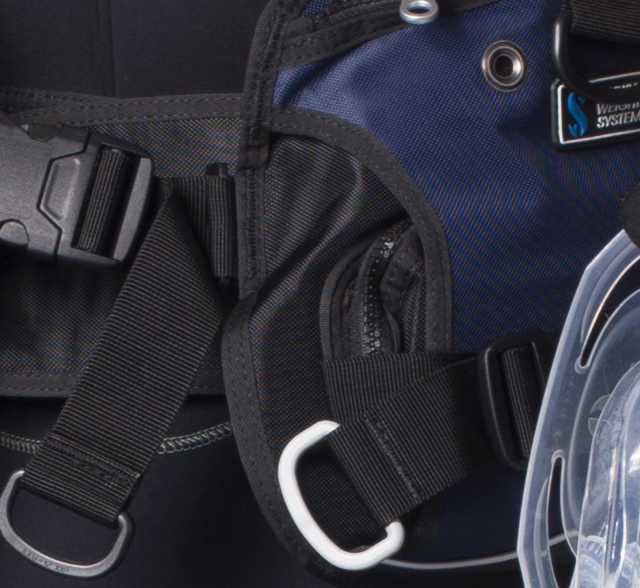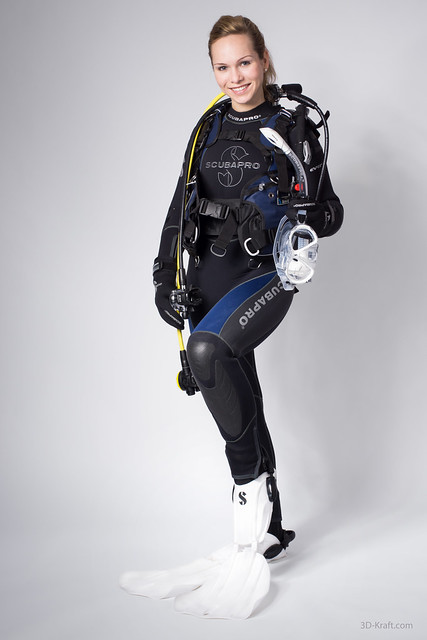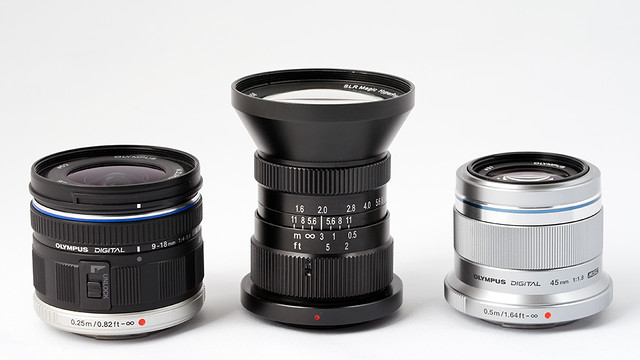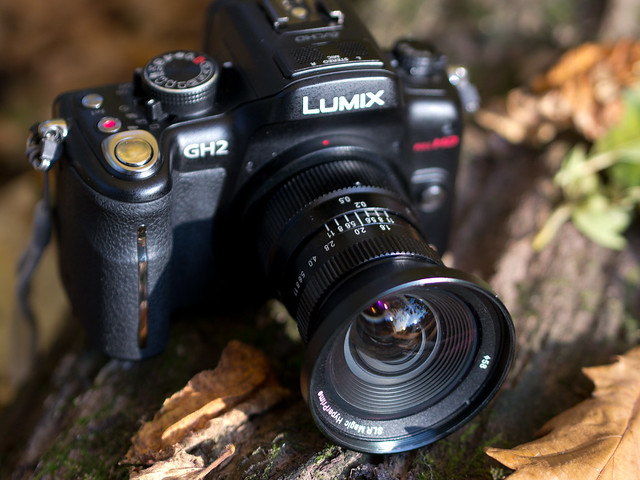After some shootings taken with Sony's new NEX-7 it may be time for a first interim conclusion. As you might already know, the NEX-7 has an APS-C sized sensor with 24 million pixels and a very large dynamik range of about 13 EVs. This sounds quite impressing but may have also some tradeoffs that you should be aware of. In many photo forums people are discussing the pro and cons and most of the time you will find complaints about colorshifts when adapting particular M-mount superwide angle lenses or more noise at high ISO levels. I will not go into details about these issues but at least two sentences: If you scale down the high ISO images to resolutions of other currently popular mirrorless system cameras like the NEX-5n, you will see that the noise is comparable. Colorshifts, that you may have seen with the Leica M9 in some cases as well, can be avoided by selecting wide angle lenses with a more telecentric design like the Tri Elmar or by applying post processing corrections e.g. with Cornerfix.
In this article I will focus on some other aspects that you may recognize when shooting with the NEX-7: Moiré.

Moiré in a 100% crop that may occur with sensors that have no AA-filter
When I had the chance to shoot with a Leica M9 about 18 monts ago, one of the issues that I was confronted the first time with was moiré. You may know moiré patterns already from other situations e.g. when looking on the surface of a CD ROM. Moiré patterns on textures you usually find on images, when the textile structure interferes with the pattern structure of the red, green and blue pixels on the digital image sensor. Typically, camera manufactures try to avoid this by applying additional high-pass filters (also called AA-filter or anti-aliasing filter) on the sensor's surface. The penalty of these filters is, that they do not only help avoiding moiré, they also reduce detail resolution and low light sensivity. Leica decided for it's M9 to go for a sensor design without AA-filter. Also Sony attempted to preserve as much details as possible with the new 24 MP sensor of the NEX-7 by applying no AA-filter (or may be a very thin one only - Sony currently provides no details) - and so I was confronted again with moiré...
Wich other options do you have to get rid of moiré without loosing detail resolution? Fujifilm announced a new sensor technology for it's first mirrorless system camera, the Fuji Pro X 1. The sensor does not have an AA-filter and tries to avoid moiré structures in a hardware manner by a less regular arrangement of the RGB-pixels within a 6x6 matrix.
What options else?
Removing moiré in post processing without loosing details is extremely difficult with standard tools. Big relief comes now from Adobe: In the public beta preview version of Lightroom 4 you find additional options for the correction brush after switching to the "new process". One of these options is a very powerful moiré reduction. Look here for the result, when this algorithm was applied with the default setting of 25%:

Moiré removed with Adobe Lightrooms new moiré correction brush available in Lightroom4 and Camera Raw 7
To give you an idea about the area that was cropped in that example, here is the full image:

(full image, click for other sizes)
If you think this issue may occur only very rarely, you may be quite optimistic...




































































